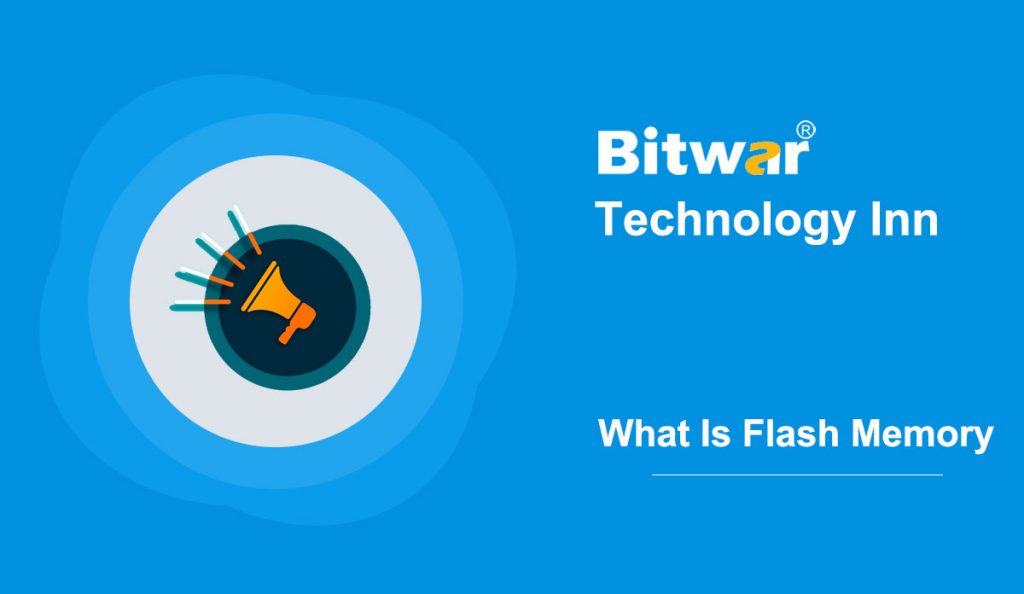Summary: Flash memory, an electronic non-volatile memorizer, is based on EEPROM (electrically erasable programmable read-only memory) technology. It was invented in 1980 as a type of floating-gate memory.
Table of Contents
Transfer Rates
In terms of transfer rates, flash memory devices work faster at reading than writing. The transfer rates are affected by many factors:
- The quality of storage controllers: more critical when devices are partially full.
- Inappropriate controllers: result in degraded speeds.
- Busy system: a system at full CPU load may receive slower than the device sends.
- Drive capacity: the fuller the flash memory is, the slower it gets.
- Time duration: it gets slower as time
Flash File Systems
Because of its particular features, it is best used with a controller or specifically designed flash file systems.
When the flash store is updated, the flash file system will generate a new copy of the changed data and write it to a fresh block, remap the file pointers, and finally erase the old block. Practically, flash file systems are only used for memory technology devices (MTDs).
Capacity
To reach higher capacities of use in consumer electronic devices, multiple chips are usually arrayed. The capacity of flash chips are manufactured with many of the same integrated circuits equipment, followed the Moore’s Law.
The flash memory chips are strictly sized in binary multiples, but its actual total capacity is not available at the drive interface. The capacity is significantly larger than advertised to achieve the distribution of writes, error correction codes, and other metadata needed by the device’s internal firmware.
- In 2005: The NAND flash chip, developed by Toshiba and SanDisk, can store 1 GB of data using multi-level cell(MLC) technology. In September, the world’s first 2 GB chip was launched.
- In March 2006: Samsung publicized flash hard drives, which can store 4 GB of data. In September, an 8 GB chip was announced.
- In January 2008: SanDisk announced their 16 GB MicroSDHC and 32 GB SDHC Plus cards.
- In July 2016: Samsung released the 4 TB Samsung 850 EVO. In August, the company released a 32 TB 2.5-inch SAS SSD. And it expects to publish SSDs with up to 100 TB capacity by 2020.
Applications
As a replacement for hard drives: Flash drives are working as the secondary storage devices of the mobile device and alternatives for hard drives in high-performance desktop computers.
Flash memory as RAM: In 2012, the flash memory was used as the main computer memory, DRAM.
FPGA configuration: Some FPGAs base upon flash configuration cells that are used as switches to link internal elements.
Pros & Cons
When considering the application of flash memory, it is necessary to weigh up the merits and deficits.
Pros
- Convenient and easily portable
- High speed
- Non-volatile memory
- Long-term storage
- Mechanically robust
Cons
- Cost higher per bit than hard drives
- Limited storage space
- Block erasure
Bottom Line
Over the last decade, flash memory has rapidly caught up with magnetic storage. Fast, compact SSDs have increasingly replaced hard drives from PC to smartphones and iPods. Generally speaking, flash memory plays an essential role in data storage, and as technology develops, it will be better improved.
